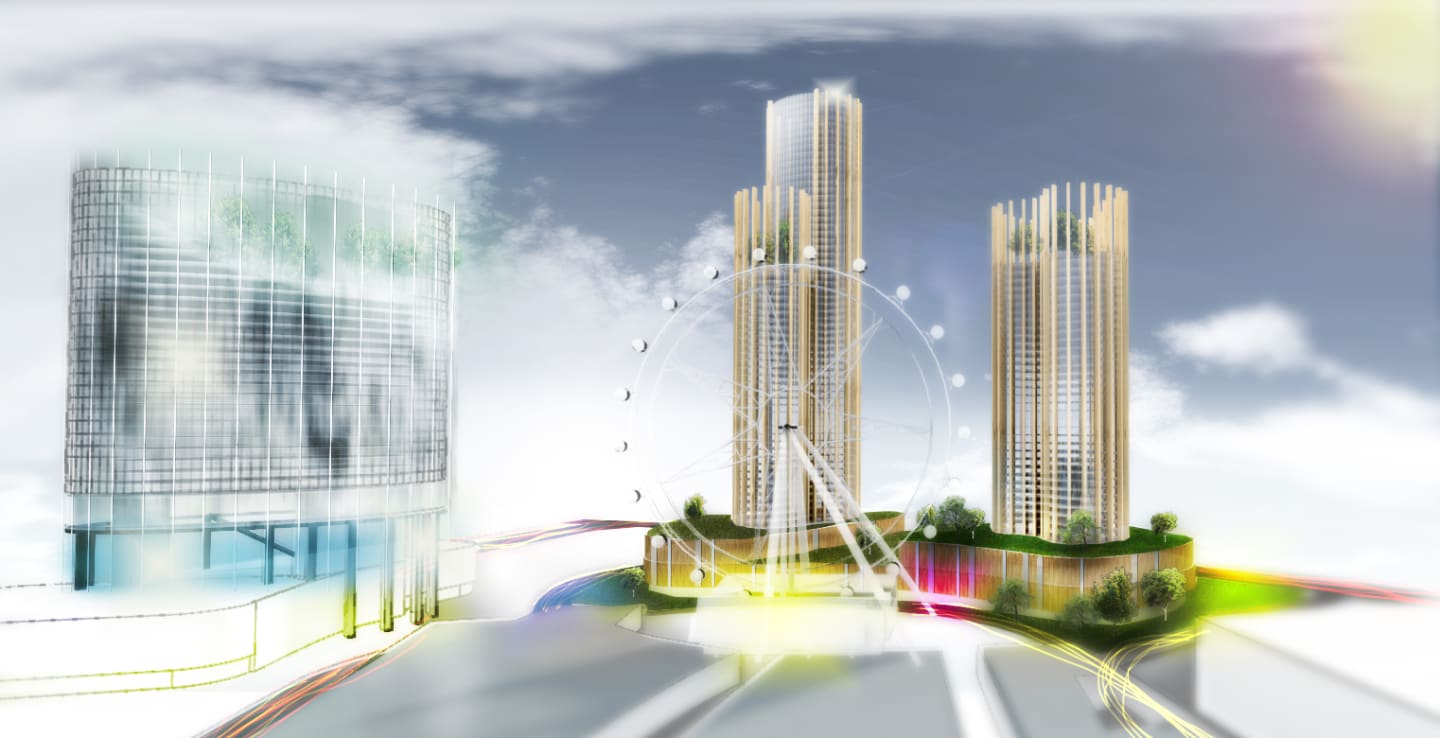What to do with Waterfront City? (Part Two)
Following a great deal of procrastinating over the last few weeks, I have the pleasure of finally presenting part two of my What to do with Waterfront City? duology; a case of better late than never, one could argue. If you would, please cast your mind back to two months ago or alternatively refresh your memory with part one.
Today's piece focuses on the sites to the perimeter of the precinct that have been built to a low-density and feature only a single program: Costco and Medibank Ice House. Where part one investigated an approach to the public realm aspects of the precinct, part two looks at the commercial aspects.
Rather than being explicit about exactly what should be built or done with the precinct, the idea is to be a little more implicit: encouraging a level of discourse through some pretty pictures I put together.
Costco and Residential towers
When Costco opened the doors to their new warehouse in the heart of Vancouver in 2009, Costco's regional marketing manager for Western Canada, Robin Ross described it as "the most unique Costco in the world." Part of the Spectrum project, the Costco on Expo Boulevard anchors a residential development of four highrises, built on the edge of Yaletown making it the first Costco to be built in the heart of a city.
When Australia's first Costco was built in Melbourne's Docklands, all we got was a shed, albeit one with more character than most.
Designed by NH Architecture, I've always considered it to be missed opportunity to deliver a quality mixed-use project that marks the gateway into Docklands but also provides a crucial interface with the precinct and the adjacent future development at E-Gate.
Through a redressing of the exterior of the Costco warehouse and the introduction of residential towers (two vs Vancouver's four) that employ a warm palette of timber and feature rooftop gardens, a visually static building suddenly becomes more lively on the outside and provides a stronger edge to the precinct.
A sinuous podium structure housing Costco, allows for the creation of pocket parks providing a buffer to the road network adjacent. The separation between the towers allows visual privacy but also views beyond from the Melbourne Star Wheel, framing views to and from. Visually a higher density mixed-use development provides a cue for the imminent E-Gate regeneration project and a gateway landmark of sorts into Docklands.
Medibank Ice House and New Hotel
Few will probably recall but at one point in time it was proposed that the two ice rinks which form Medibank Ice House were to be built above the multi-storey car park at Waterfront City, effectively killing two birds with one stone. Unfortunately, this never proceeded to construction and we are now left with two problems. With the multi-storey car park being dealt with in part one, the attention shifts to Ice House.
As a means of funneling people through Harbour Town, why not build a hotel above the existing rink, utilising the pockets and strips of land around the perimeter to introduce lift cores and support columns. The foyer would be part of an expanded entry off Pearl River Road.
While the novelty of short-stay accommodation above an ice rink may not be everyone's cup of tea, the views back towards Docklands and the city would be quite something. Direct and easy access to CityLink via Footscray Road would also be one of the benefits of locating a hotel there.
Time permitting a conclusion piece - that considers the remaining undeveloped pockets of land adjacent to Harbour Town complex and the airspace above - may appear later down the track. Until then, I leave you with one final image to finish on looking down at the sites in question.
